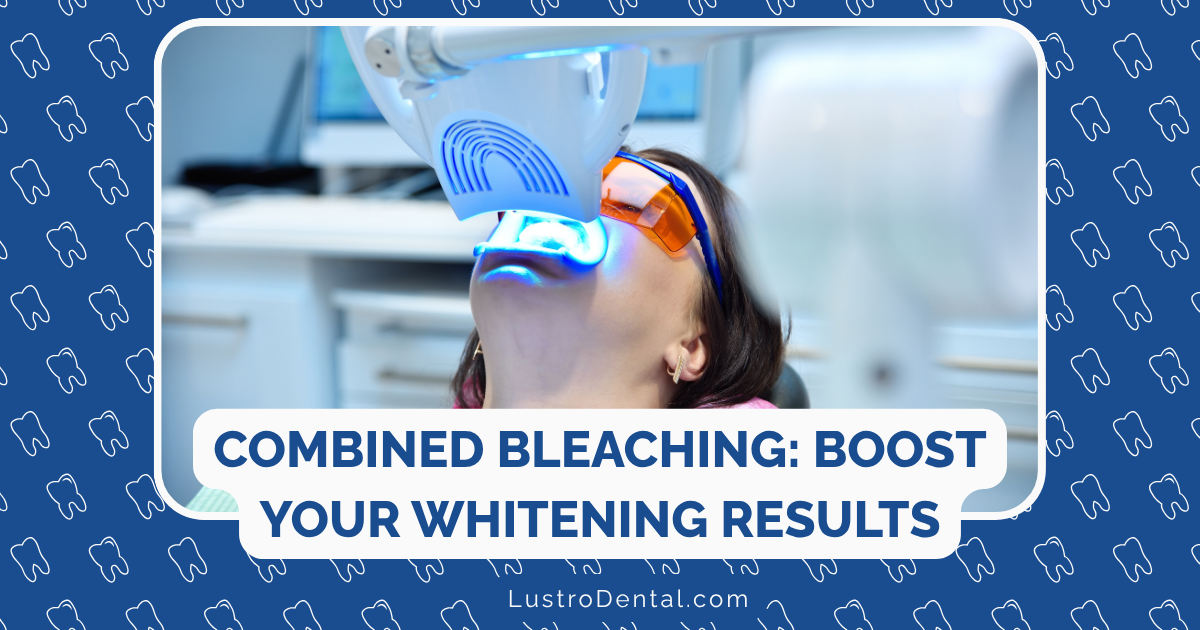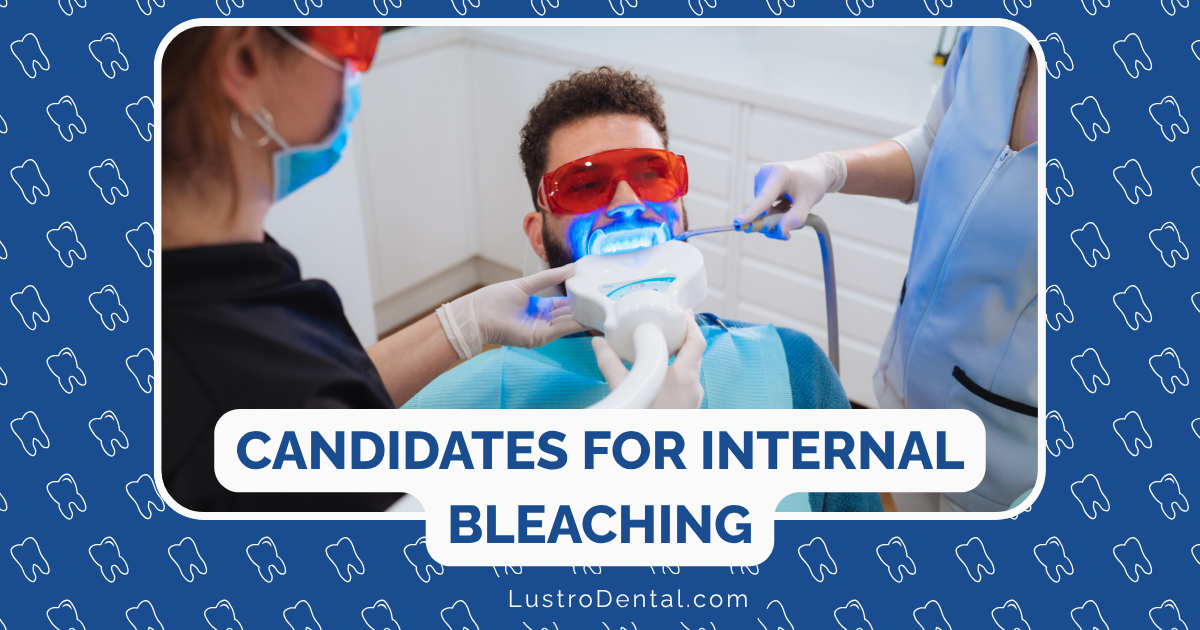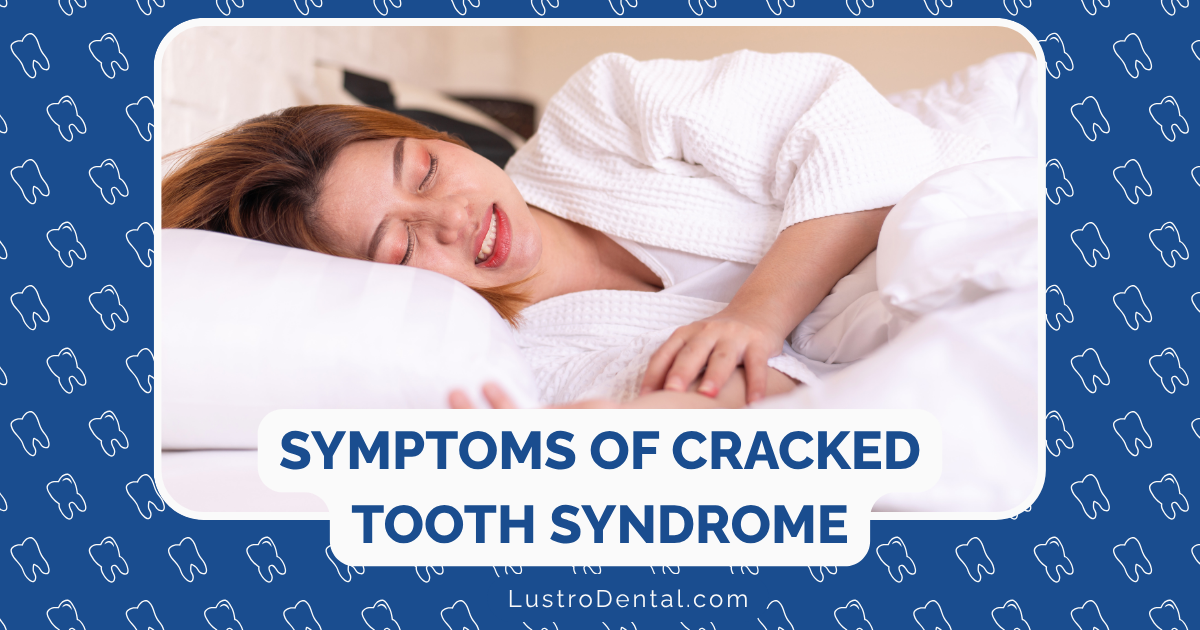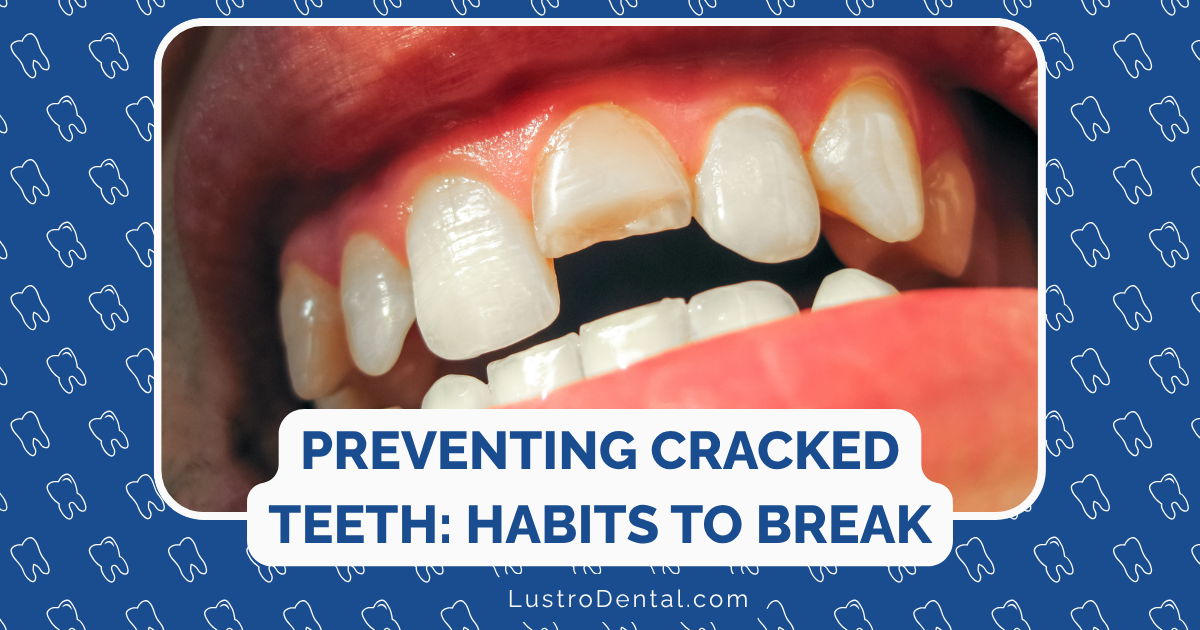Whitening from the Inside Out: How Internal Bleaching Works for Discolored Teeth
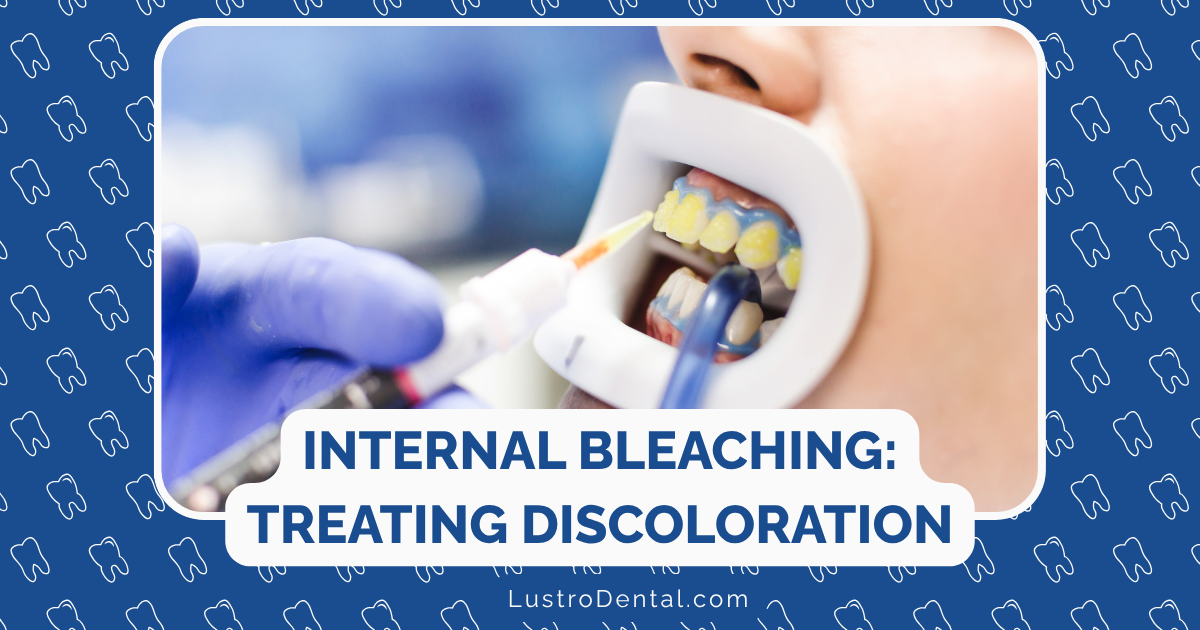
If you’ve ever noticed a single darkened tooth in your smile—perhaps gray, brown, or yellowish compared to your other teeth—you’re looking at a candidate for internal bleaching. Unlike traditional whitening that works on the outer surface of teeth, internal bleaching targets discoloration from within, offering hope for teeth that don’t respond to conventional whitening methods.
As someone who’s guided many patients through this process, I’ve seen the remarkable transformation internal bleaching can provide, often restoring confidence along with a brighter smile. Let’s explore how this specialized procedure works, who it’s right for, and what you can expect if you’re considering it.
Understanding Tooth Discoloration: External vs. Internal Stains
Before diving into the treatment, it’s important to understand why some teeth become discolored from the inside.
External Stains
Most tooth discoloration occurs on the outer surface (enamel) from:
- Food and beverages (coffee, tea, red wine)
- Tobacco use
- Poor oral hygiene
- Normal wear and aging
These external stains respond well to traditional whitening methods like professional bleaching, whitening strips, or toothpastes.
Internal Stains
Internal (or intrinsic) discoloration occurs within the tooth structure itself and may result from:
- Trauma or injury: When a tooth experiences significant impact, it may respond by bleeding internally. The blood components break down and stain the dentin from within.
- Root canal treatment: Teeth that have undergone root canal therapy often darken over time due to pulp tissue remnants or treatment materials.
- Pulp necrosis: When the pulp (nerve and blood vessels) dies, it releases compounds that stain the surrounding dentin.
- Certain medications: Tetracycline antibiotics taken during tooth development can cause intrinsic staining.
- Developmental disorders: Some genetic conditions can affect tooth formation and color.
Dr. Sarah Johnson, endodontist at University Dental Institute, explains: “Internal staining happens deep within the tooth structure, in the dentin layer. Traditional whitening methods simply can’t penetrate deeply enough to address this type of discoloration. That’s where internal bleaching comes in.”
What Is Internal Bleaching?
Internal bleaching (also called “non-vital bleaching” or “walking bleach technique”) is a dental procedure specifically designed to whiten teeth from the inside out. It’s typically performed on teeth that have undergone root canal treatment and have become discolored.
The procedure uses powerful oxidizing agents placed directly inside the tooth to break down the compounds causing discoloration. As these agents work, they lighten the dentin layer, improving the tooth’s overall appearance.
Who Is a Good Candidate for Internal Bleaching?
Internal bleaching is most appropriate for:
- Teeth that have undergone root canal treatment
- Teeth with intrinsic discoloration that doesn’t respond to external whitening
- Teeth that are structurally sound (not severely damaged)
- Patients seeking a conservative alternative to crowns or veneers
Dr. Michael Chen of Advanced Dental Specialists notes, “Internal bleaching offers a minimally invasive option for patients with discolored teeth. Before considering more aggressive treatments like crowns, which require removing healthy tooth structure, internal bleaching can provide excellent results while preserving the natural tooth.”
The Internal Bleaching Process: Step by Step
The most common approach to internal bleaching is the “walking bleach technique,” named because the bleaching agent “walks” or works while you go about your daily activities. Here’s what happens during the procedure:
1. Evaluation and Preparation
Your dentist will:
- Examine the discolored tooth and take X-rays to ensure it’s suitable for treatment
- Verify the root canal filling is intact and properly sealed
- Take “before” photos to document the initial shade
2. Access Creation
Under local anesthesia (though often unnecessary since the tooth has no nerve):
- The dentist creates a small access opening on the back of the tooth
- Any old filling material is removed from the pulp chamber
- The chamber is thoroughly cleaned
3. Protective Barrier Placement
This critical step helps prevent complications:
- A protective barrier (typically glass ionomer cement) is placed over the root filling
- This barrier prevents the bleaching agent from leaking into the root and surrounding tissues
- It’s positioned at the level of the gumline to create a proper seal
4. Bleaching Agent Application
The active whitening begins:
- A bleaching agent is placed in the pulp chamber
- Typically, this is either:
- A mixture of sodium perborate and water
- A mixture of sodium perborate and hydrogen peroxide
- A commercial product containing 35% hydrogen peroxide gel
- The access opening is sealed with a temporary filling
Dr. Lisa Wong, cosmetic dentist at City Dental Center, explains: “The bleaching agent works by releasing oxygen molecules that penetrate the dentinal tubules, breaking down the colored compounds into simpler, colorless molecules. This process gradually lightens the tooth from within.”
5. The Waiting Period
Unlike external whitening that shows immediate results:
- The bleaching agent remains in the tooth for 3-7 days
- During this time, you go about your normal activities
- No special precautions are needed
- The bleaching agent continues working throughout this period
6. Evaluation and Possible Repetition
After the initial treatment:
- You return to the dentist’s office for evaluation
- The temporary filling and bleaching agent are removed
- The tooth’s color is assessed
- If needed, fresh bleaching agent is placed and the process repeated
- Most cases require 1-3 applications for optimal results
7. Final Restoration
Once the desired shade is achieved:
- The bleaching agent is completely removed
- The pulp chamber is cleaned
- A permanent, tooth-colored filling is placed
- The access opening is sealed
Results and Longevity: What to Expect
Internal bleaching can provide dramatic improvements, but it’s important to have realistic expectations.
Immediate Results
Most patients see significant improvement after just one or two applications. Research shows that the success rate for achieving an acceptable color improvement is around 87-91% in the short term.
Long-Term Outlook
The longevity of results varies:
- Studies show that 50-65% of internally bleached teeth maintain their improved color for 1-5 years
- Some teeth may experience color regression over time
- Factors affecting longevity include the original cause of discoloration, quality of the final restoration, and individual habits
Dr. Johnson notes, “While some teeth may darken slightly over time, the results are generally stable for several years. If regression occurs, the procedure can often be repeated safely.”
Safety Considerations and Potential Complications
Internal bleaching is generally safe when performed by a qualified dentist, but there are some risks to be aware of:
External Cervical Resorption
The most significant potential complication is external cervical resorption—a condition where the tooth structure begins to break down at the gumline.
- Research indicates it occurs in approximately 3-7% of cases
- Risk factors include using high concentrations of hydrogen peroxide, applying heat during the procedure, and a history of trauma
- Modern techniques with proper barrier placement and lower concentration agents have significantly reduced this risk
Other Considerations
- Temporary sensitivity: Some patients experience mild sensitivity following the procedure
- Over-bleaching: Occasionally, a tooth may become too white compared to adjacent teeth
- Recurrence of discoloration: Some teeth may darken again over time
Advantages of Internal Bleaching
Compared to alternative treatments for discolored teeth, internal bleaching offers several benefits:
- Conservation of tooth structure: Unlike crowns or veneers, no healthy tooth material is removed
- Cost-effectiveness: Generally less expensive than prosthetic alternatives
- Simplicity: Requires fewer appointments than many cosmetic procedures
- Natural appearance: Results look natural because it’s your actual tooth being lightened
- Minimal discomfort: The procedure is typically painless
Comparing Internal Bleaching to Alternatives
| Treatment Option | Invasiveness | Cost | Longevity | Advantages | Disadvantages |
| Internal Bleaching | Minimal | $ | 1-5+ years | Preserves tooth structure, natural appearance | Only works for certain types of discoloration, may need repeating |
| Dental Crown | High | $$$ | 10-15+ years | Comprehensive solution, highly durable | Requires significant tooth reduction, more expensive |
| Porcelain Veneer | Moderate | $$$ | 10-15+ years | Excellent aesthetics, stain resistant | Requires some tooth reduction, higher cost |
| External Bleaching | None | $ | 6 months-2 years | Non-invasive, works on multiple teeth | Ineffective for internal staining, temporary results |
Is Internal Bleaching Right for You?
Internal bleaching may be an excellent option if:
- You have a discolored tooth that has had root canal treatment
- The discoloration is significant enough to affect your smile confidence
- You prefer conservative treatment approaches
- The tooth is otherwise structurally sound
- You understand that results, while significant, may not be permanent
Dr. Chen advises, “The best way to determine if you’re a candidate for internal bleaching is to consult with an endodontist or a dentist experienced in the procedure. They can evaluate your specific situation and recommend the most appropriate treatment approach.”
Caring for Your Tooth After Internal Bleaching
To maintain your results for as long as possible:
- Practice excellent oral hygiene: Brush twice daily and floss regularly
- Attend regular dental check-ups: Your dentist can monitor the treated tooth
- Limit staining substances: Reduce consumption of coffee, tea, red wine, and tobacco
- Consider touch-up treatments: If slight darkening occurs, discuss options with your dentist
Final Thoughts
Internal bleaching represents one of dentistry’s most elegant solutions—addressing a specific aesthetic problem with a targeted, minimally invasive approach. For many patients with discolored teeth, it offers renewed confidence without resorting to more aggressive treatments.
If you have a discolored tooth that affects your willingness to smile, consider discussing internal bleaching with your dentist. This specialized whitening approach might just be the conservative solution you’ve been looking for.
Have you experienced internal bleaching? We’d love to hear about your experience in the comments below.



